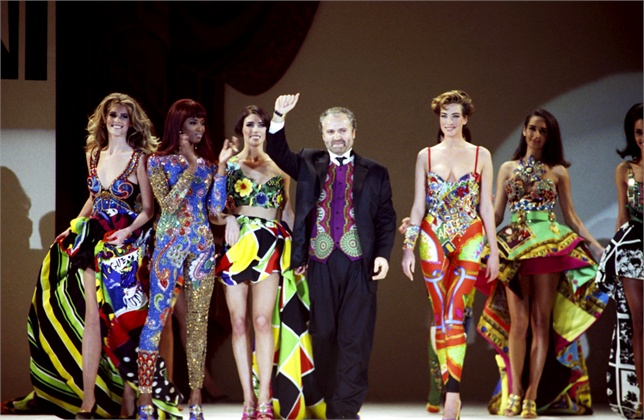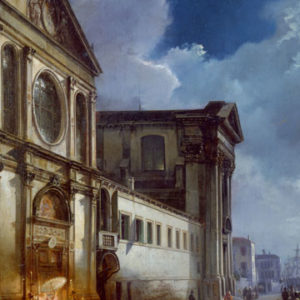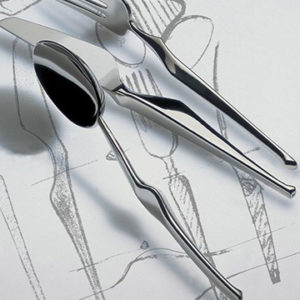Futurism is the first avant-garde movement born in Italy. Created by poet and writer Filippo Tommaso Marinetti, it is accredited for having re-opened a dialogue with Europe. Futurism speaks to all artists including poets, writers, sculptors and musicians. It was officially born on 20th February 1909 with the publication of its Manifesto on the Parisian newspaper Le Figarò, where Marinetti summarised in eleven points the principles of the new movement. The Manifesto expressed a theoretical program whose first rule was to abolish the traditional perspective and replace it with a proliferation of points of view that represent the interaction with the surrounding space. It invited to look towards the future and modernity, leaving behind the works of art confined to museums.
Futurism has been gaining new appreciation only recently, after having initially been seen as provincial and not particularly engaging. Nevertheless, it exercised considerable influence on the artistic panorama of that period, contributing to the birth of Russian avant-garde movements such as Suprematism and Constructivism.
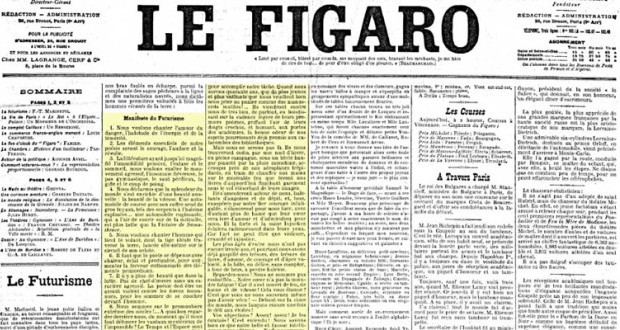
FUTURISM AND THE ARTS
After the first Manifesto, in 1910 came the first Manifesto of Futurist Painters, praising technical rules and declaring total positiveness towards progress. It emphasised how figures in front of us never stand still, but they constantly appear and disappear, things moving multiply and deform as if they were vibrations running through space. And so the main point of the movement is dynamic painting, which conveys the idea of movement and speed. The first exhibition was held in 1910 at the Ricordi Factory, where Umberto Boccioni, Carlo Carrà and Luigi Russolo displayed their Mostra d’arte libera (lit. Free Art Exhibition).
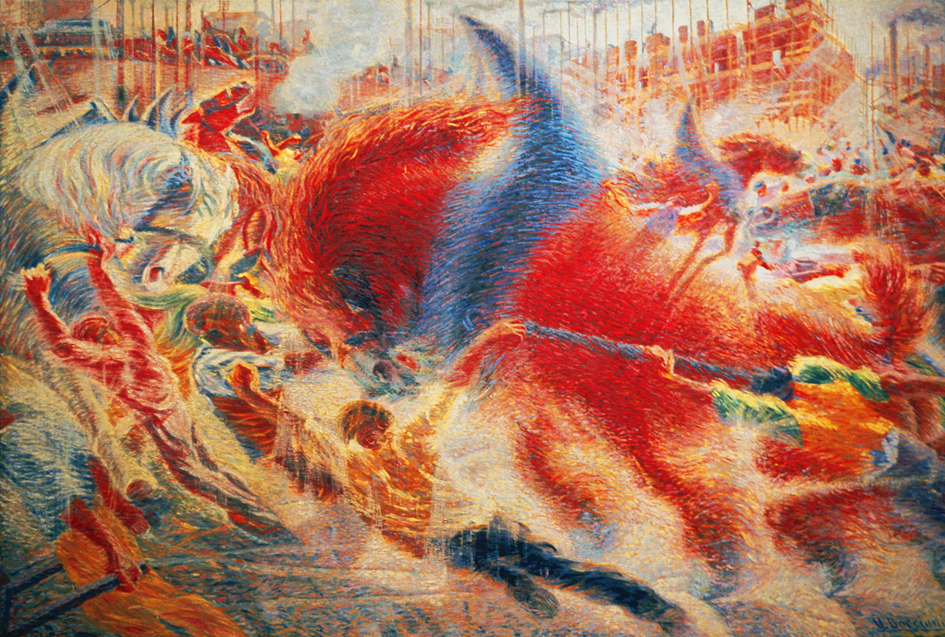
In futuristic paintings speed was the focal point of the work and it was represented by the use of straight lines of force that gave the idea of the wake left by an object going at great speed.
Futurist painters came primarily from Divisionism. We must also note Umberto Boccioni, from Cubism, who represented the movement of shapes and substance of the matter by giving more strength and speed to his already emotionally-charged works, avoiding straight lines and using complementary colours. Other notable artists form this period were Luigi Russolo, with his typical contrasting and light colour and Carlo Carrà, part of the Futurist non-figurative art, who painted dynamic shapes, designed through colour to eliminate the bodies’ law of gravity. Finally, Giacomo Balla, signatory of the first Futurist Manifesto, who applied dynamism and simultaneity as key concepts of his painting, the man depicted through a set of movements in plurality, followed by a multiplication of images that create a sequence between them.
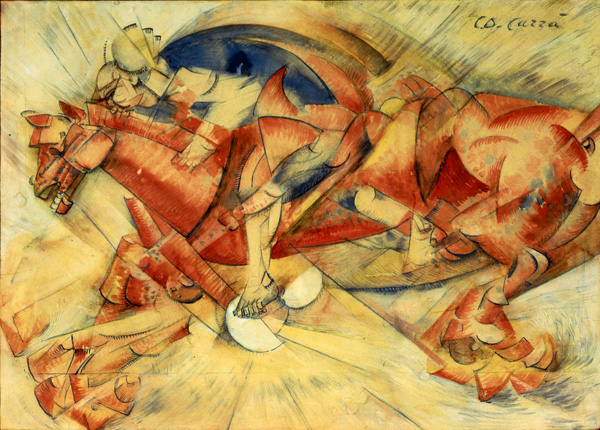
The movement went through two distinct phases due to the outbreak of World War I, during which many of the artists from the first phase of Futurism disappeared. After the war the character of this movement interacted with fascist ideology, turning Futurism into an more official and restricted culture.
FUTURISM AND ARCHITECTURE
We cannot really find a true Futuristic architecture, as there are only a few ideas and research papers produced by artists from that time. Antonio Sant’Elia created drawings and sketches in perspective, but without researching interior spaces or space planning.
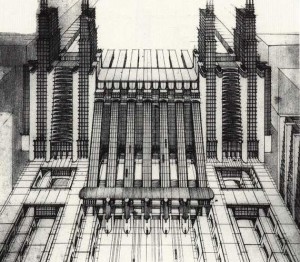
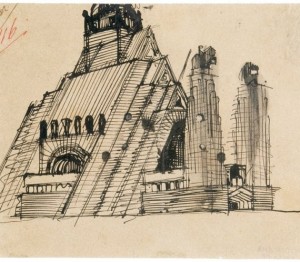
Despite this, there was the image of a new city, a Futuristic city, where dynamism and speed were the main characters. These elements were taken further by architects like Walter Gropius and Le Corbusier, both inspiration behind the ideological birth of urban vanguard.
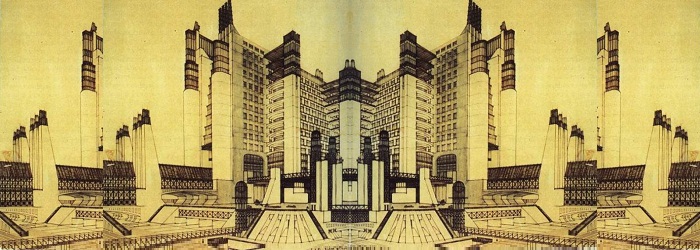
FUTURISM AND INTERIOR DESIGN
In 1916 the manifesto Futurist Reconstruction of the Universe was published by Balla and Fortunato Depero, great painters but also authors of furniture, clothing and design objects. A few years later, Depero founded the House of Futurist Art in Rovereto, which designed and made furniture, toys and tapestries. The Futuristic design was strongly related to crafts and in constant contact with daily life, a continuous relationship between art and life. Another house was founded in 1918 in Rome by Anton Giulio Bragaglia, the House of Italian Art, important for the limited production of pillows, furniture, lamps and ceramics.
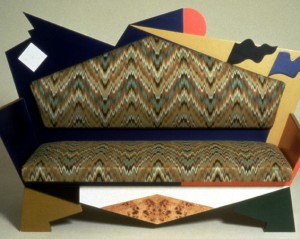
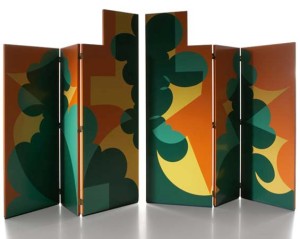
Even graphic design and photography experienced a new development during this period. There was opposition to traditional and static photography, preferring movement and speed, which created Fotodinamismo (lit. Photodynamism). Consistent with the guidelines of the Futurist movement, it renewed the language of commercial art.
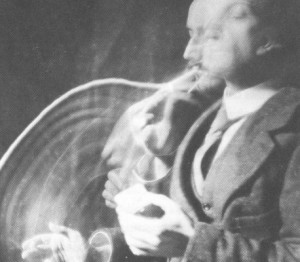
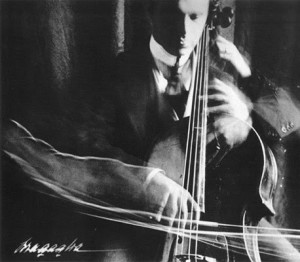
Famous above all is the advertising for Campari by Depero with a colorful draw expressing a playful modernity.
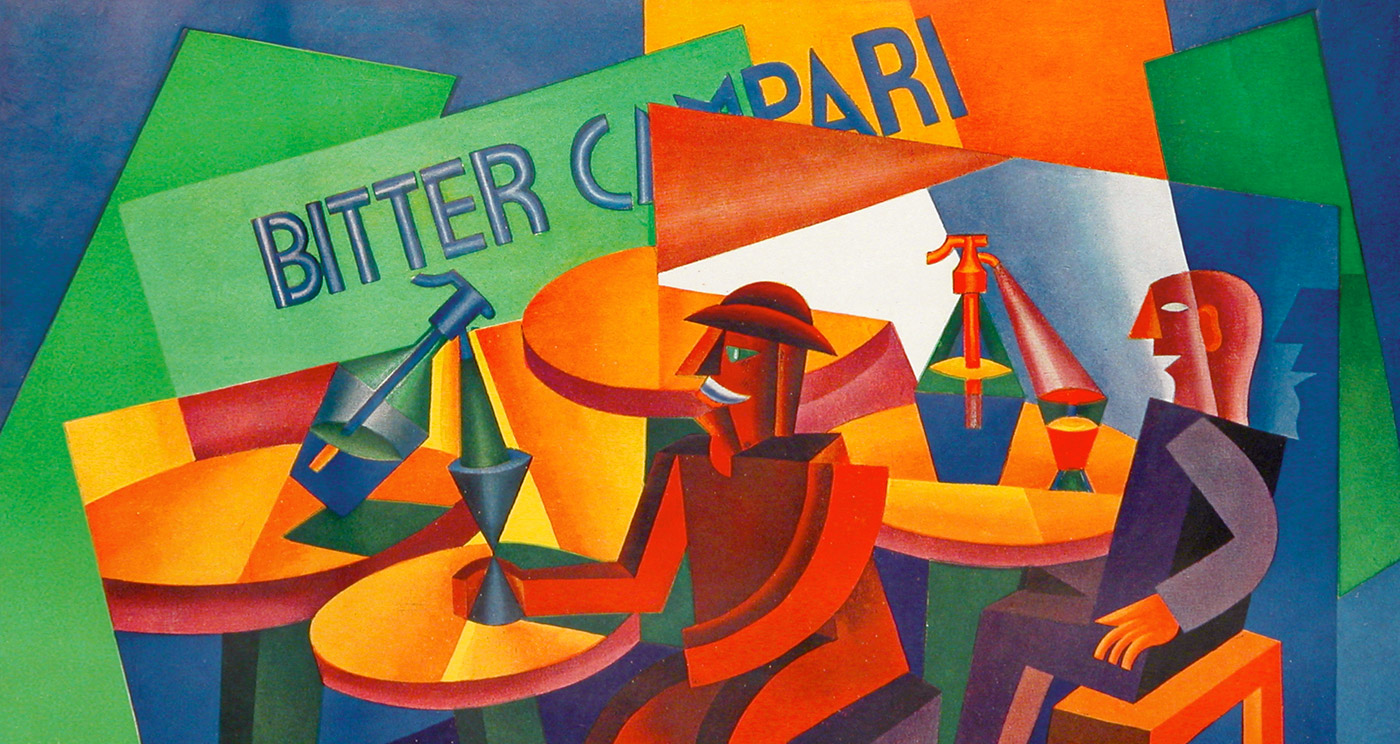
FUTURISM AND FASHION
Not everyone knows that the concept of fashion was initially introduced by Futurist artists Giacomo Balla and Fortunato Depero. Balla in particular created a lot of interest in the fashion world with the publication of his Manifesto of the Anti-Neutral Dress where he set out the principles of Futurist male fashion. In 1920, Volt published the Manifesto of Futurist Female Fashion.
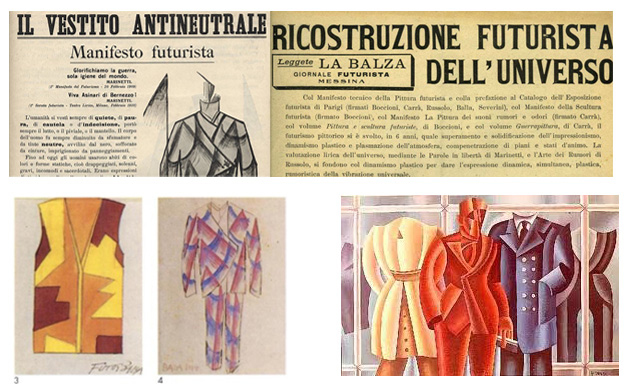
The dress was seen as a sign of expression for the movement’s lifestyle and the key concepts. Futurists wanted to eliminate the classic and bourgeois features, introducing geometric shapes, bright colours and dynamic lines. The dress had to be a futurist provocation against the bourgeoisie, but also comfortable and practical for all activities.
Futurism is one of the artistic movements influencing fashion them most. Just think of the now popular V-neck, born in 1913, or the use of materials absolutely out of the ordinary at the time such as paper, metal and rubber.
Today Futurism is still a matter of influence for many fashion designers, first of all Paco Rabanne and Versace.
